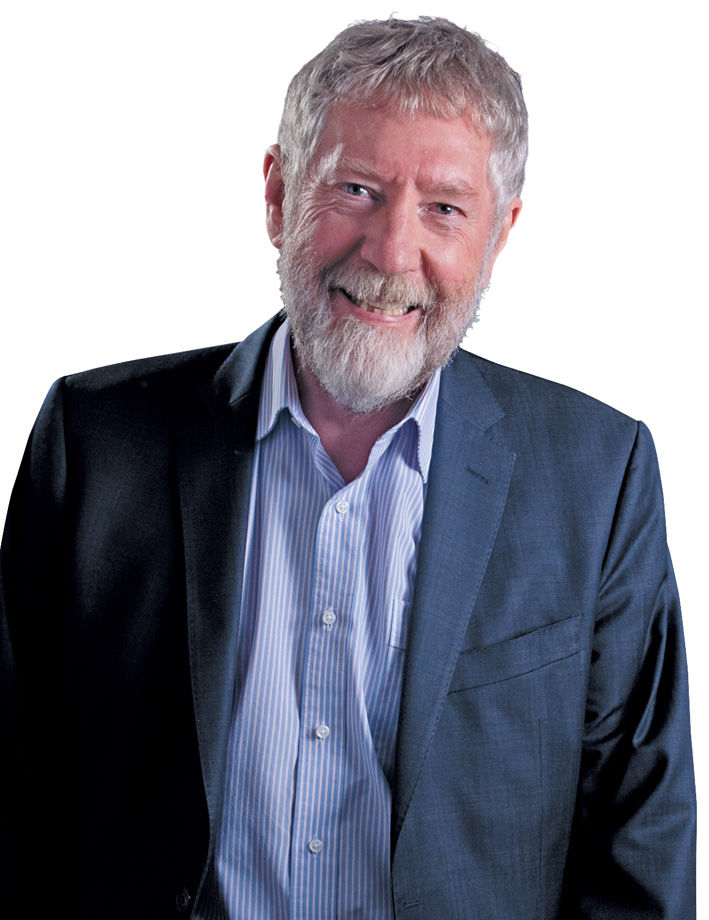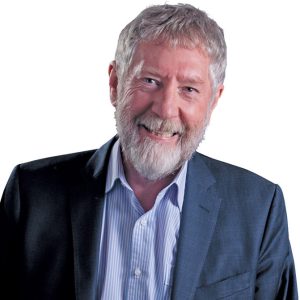
It’s one thing to drive the community to zero-emissions vehicles, but there’s still lots of work to do when it comes to building infrastructure for the future, says political columnist MICHAEL MOORE.
THE phasing out of internal combustion vehicles in the ACT by 2035 is a bold challenge for the Barr government.

The approach sees sales of Zero Emission Vehicles (ZEVs) being 80 per cent-90 per cent of the market by 2030 – just over seven years away.
But is our infrastructure ready?
Labor’s Chief Minister Andrew Barr and his Greens ministerial colleague, Shane Rattenbury, published a joint media release detailing many of the actions outlining the path to a zero-emission vehicle city over the next 12 years.
It is a visionary approach that goes well beyond the next election and builds on actions already undertaken by the government.
However, the lack of detail on issues to make a real difference are fundamental to a successful path as set out in the joint media statement. The additional challenge means going beyond the ACT. What can the ACT government do with regard to people who live in Queanbeyan and the national capital region? These neighbours play a key role in the way Canberra will be able to develop its ZEV strategy.
This recent example is illustrative. My neighbours took their electric car from Canberra heading to Bathurst and expected to charge when they arrived.
As the car is not a Tesla, they checked on the appropriate app to identify the location of the NRMA charging station. NRMA has been having trouble with vandalism of its units, and unfortunately, the one suitable charging station was out of order. Close by were six Tesla charging stations – all being available at the time.

Although Tesla plugs do fit this car, they are deliberately programmed to only charge their own brand of vehicle.
This restrictive trade practice is disappearing in Europe with Tesla recently opening some access for non-Tesla electric vehicles in around a dozen European countries and the UK.
However, the price for non-Tesla vehicles is greater and the owner is required to have the Tesla app in order to pay for their electricity.
ACT residents being encouraged to use electric vehicles need to be reassured that such restrictive trade practices will be eliminated not just in our own jurisdiction but across Australia.
For an effective transition to ZEVs the community must have the confidence there will be a significant increase in appropriate infrastructure.
In the example above, it was necessary to plug the vehicle into a normal power point overnight in order to have enough power to get to a commercial charging station in another town – which would take about a half an hour for a charge.
The same couple had successfully driven to Adelaide and returned with very little problem only a couple of months ago. However, the problem of a broken charger in Bathurst was repeated on the journey home, turning an expected three-hour trip into one taking more than seven hours.
Appropriate infrastructure within the ACT and across Australia is a key to transition to ZEVs.
Barr and Rattenbury have been addressing this issue within the ACT. As far back as 2020 they announced increasing the number of stations by around a hundred.
They pointed out that they have prioritised emission reduction efforts in this area because, “transport currently represents the largest source of emissions for the ACT, making up over 60 per cent. Of this, 70 per cent is from private car use”.
Other good news for ZEV buyers in the ACT includes stamp duty waivers, free vehicle registration and no-interest loans of up to $15,000 through the Sustainable Household Scheme (SHS) and even removing stamp duty on second hand ZEVs reducing average cost by around $1600.
The government is determined to be a national leader in this area. It has argued there will be a determined effort on “national advocacy”.
Another 180 new charging stations are being planned for 2025 with $2000 grants for other charging stations in apartment buildings. Hopefully, it will be enough to supplement home charging.
The ACT government has not been shy in taking on the challenges of climate change and working towards net zero emissions. This is an important step to maintain the ACT’s world leading standards. However, there are still plenty of challenges ahead.
Michael Moore is a former member of the ACT Legislative Assembly and an independent minister for health. He has been a political columnist with “CityNews” since 2006.
Who can be trusted?
In a world of spin and confusion, there’s never been a more important time to support independent journalism in Canberra.
If you trust our work online and want to enforce the power of independent voices, I invite you to make a small contribution.
Every dollar of support is invested back into our journalism to help keep citynews.com.au strong and free.
Thank you,
Ian Meikle, editor









Leave a Reply